Heller 1/72 Caudron 714
The Caudron Renault C.710 series was one of the emerging types out of a French 1936 specification, calling for a light fighter of wooden construction that could be built rapidly in large numbers without upsetting the production of existing types, thus quickly raising the number of much needed "modern" aircraft in French service.
The original C.710 model was an angular design, itself developed from an earlier series of air racers. In order to house the relatively long 450 hp Renault 12R-01 supercharged air-cooled inverted V-12 engine, the plane featured an extremely long nose that set the cockpit far aft on the fuselage.
Despite the conservative design, the minuscule prototype initially showed a promising potential, being able to reach a level speed of 292 mph during flight testing.
The definitive C.714 Cyclone, in essence an improved C.713, first flew in April 1938, introducing a new wing airfoil profile and a strengthened fuselage, also featuring four machine guns instead of two cannons in the wing gondolas. Its latest 12R-03 version of the Renault engine was fitted with a new carburettor that allowed it to operate in negative g.
The French Air Force immediately ordered 20 examples with a further 180 follow-along order, but, even as early as January 1940, where the first production units were delivered, it became apparent that, though light in response and with acceptable top speed, the plane seriously lacked in climb rate and maneuverability.
Due to the disappointing performance, production order was reduced to 90, with plans to divert 80 of them to Finland to fight in the Winter War, flown by French pilots.
Projected versions included the C.720 trainer, the C.760 fighter with a 750 hp Isotta-Fraschini Delta engine, and the C.770 fighter with a 800 hp Renault V-engine, none of which materialized. Luckily, one full C.714 airframe as well as one additional fuselage were preserved in Finland. The fuselage was offered back to the Musée de l'Air et de l'Espace where it is currently (as of 2022) undergoing restoration.
On 18 May 1940, 35 Caudrons were delivered to the I/145 "Groupe de Chasse Polonais", stationed at the Mions airfield. After just 23 sorties, the expected adverse opinion of the fighter was confirmed by the Polish front line pilots who expressed concerns not only regarding its lack of power, but also its general inability to match contemporary German fighters.
However the petite Caudron's little star was about to flicker: having no other aircraft available, the brave and potent Polish pilots ignored the withdrawal order and continued to operate the plane! Despite flying a lesser fighter, they managed to score 12 confirmed and 3 unconfirmed victories in three battles between 8 and 11 June, with four Do 17s, five Bf 110s and even three Bf 109s included among the aircraft shot down! Losses included 9 in the air and 9 more on the ground. The type was also used by the Polish training squadron based in Bron near Lyon, with the pilots managing to disperse several bombing raids. They did not score any kills, but did not lose any aircraft either.
The C.714 was a classic example of an aircraft with a promising initial design that ultimately failed to perform its specified role. At least, it was granted a chance to show some credible potential at the hands of the brave and skillful Polish pilots.
This kit cannot be more “Heller”...
Should you wish to read the full build review of this petite model, you may do so by visiting my beloved site Modelingmadness:
https://modelingmadness.com/review/allies/fr/pen714.htm
The model now resides in Bordeaux, France, in the house of a much loved ex-colleague and friend.
Happy Modelling!
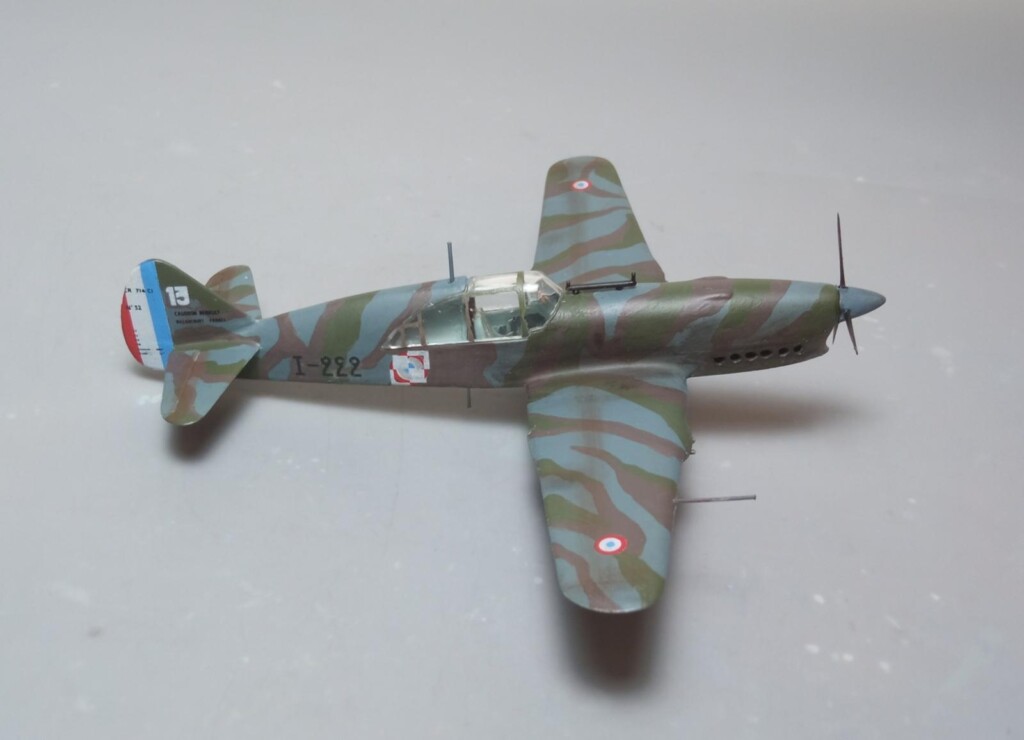

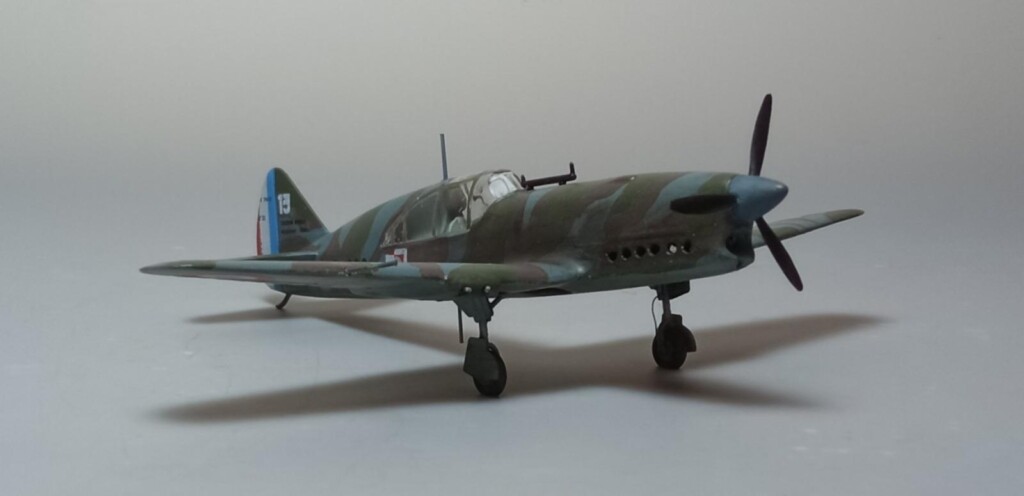
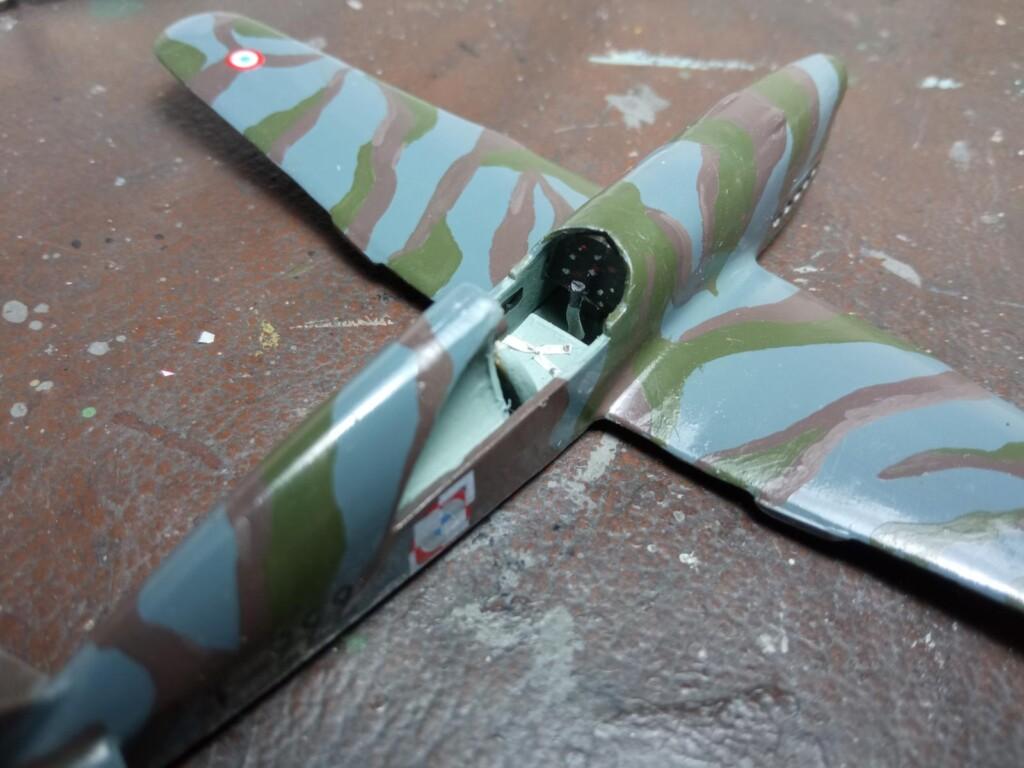
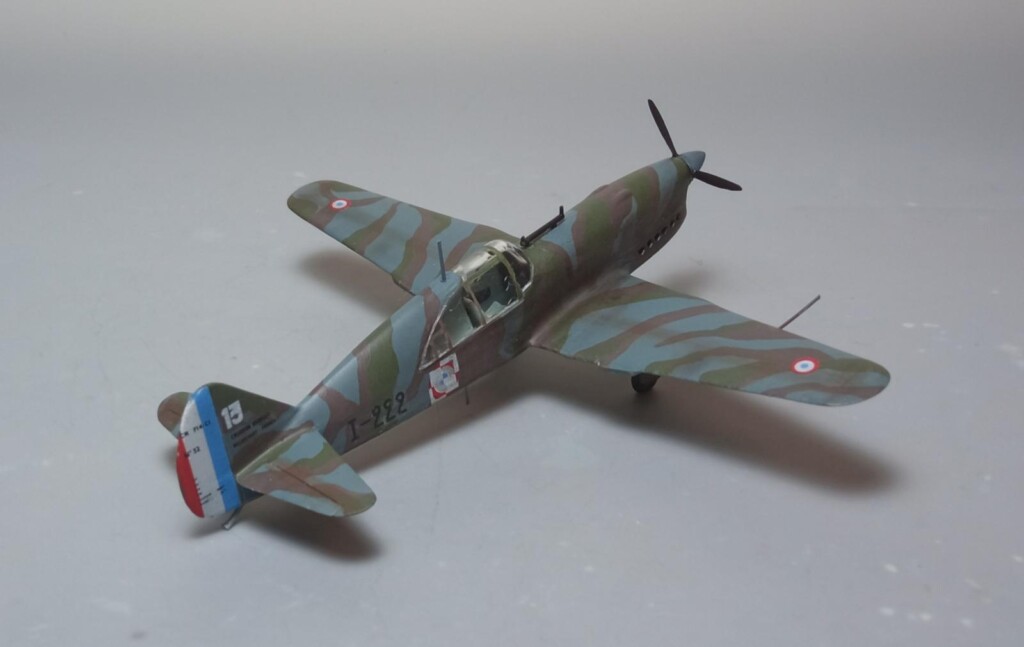
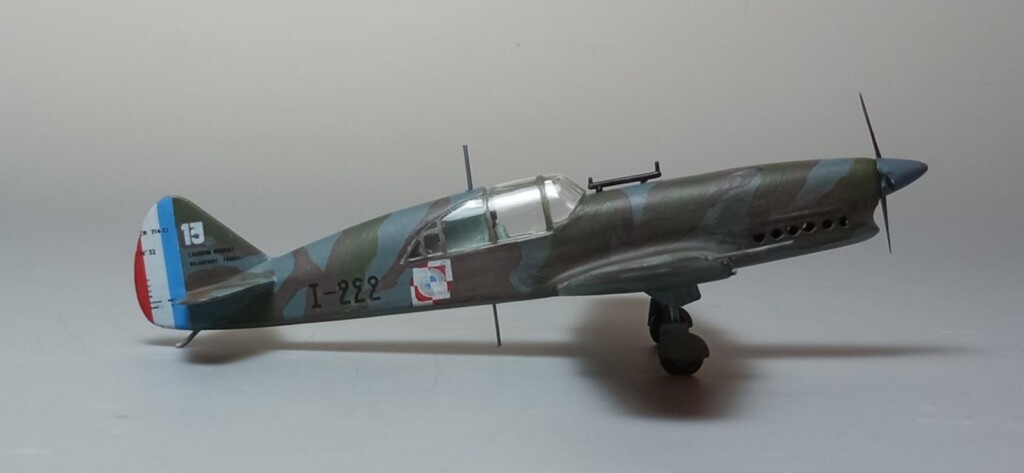
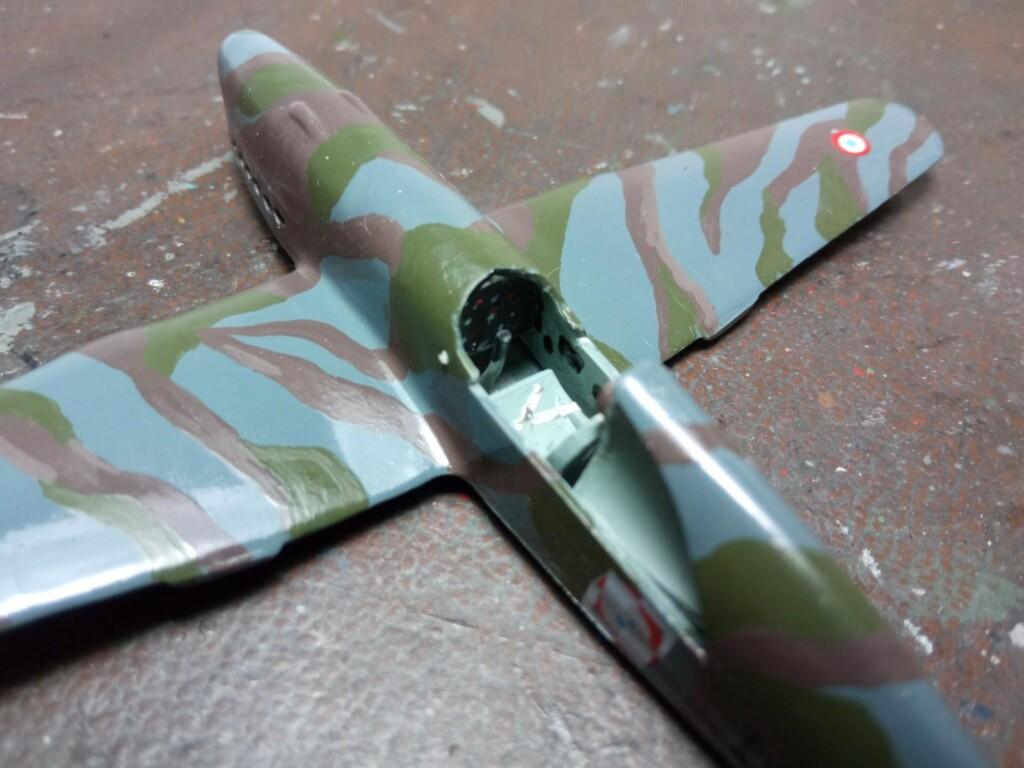
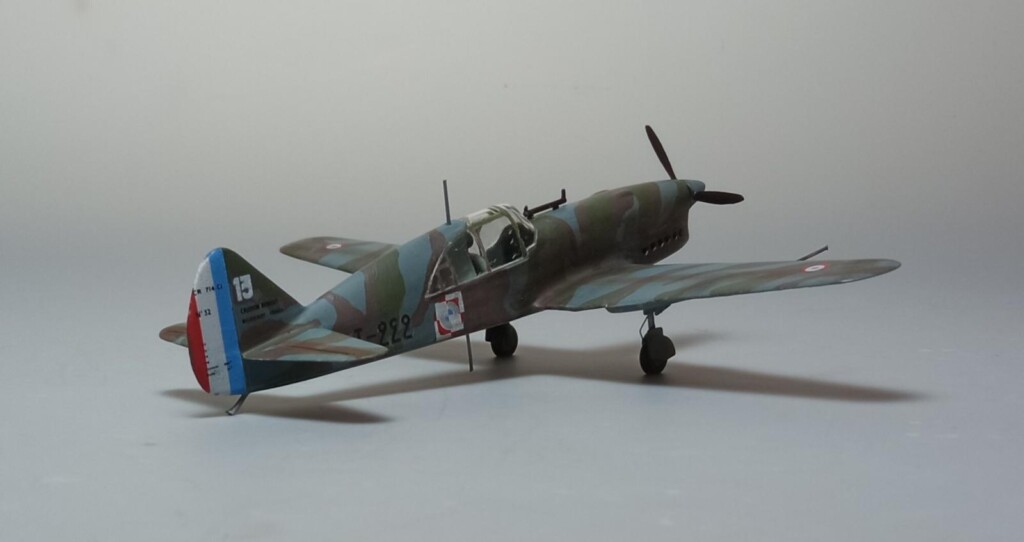

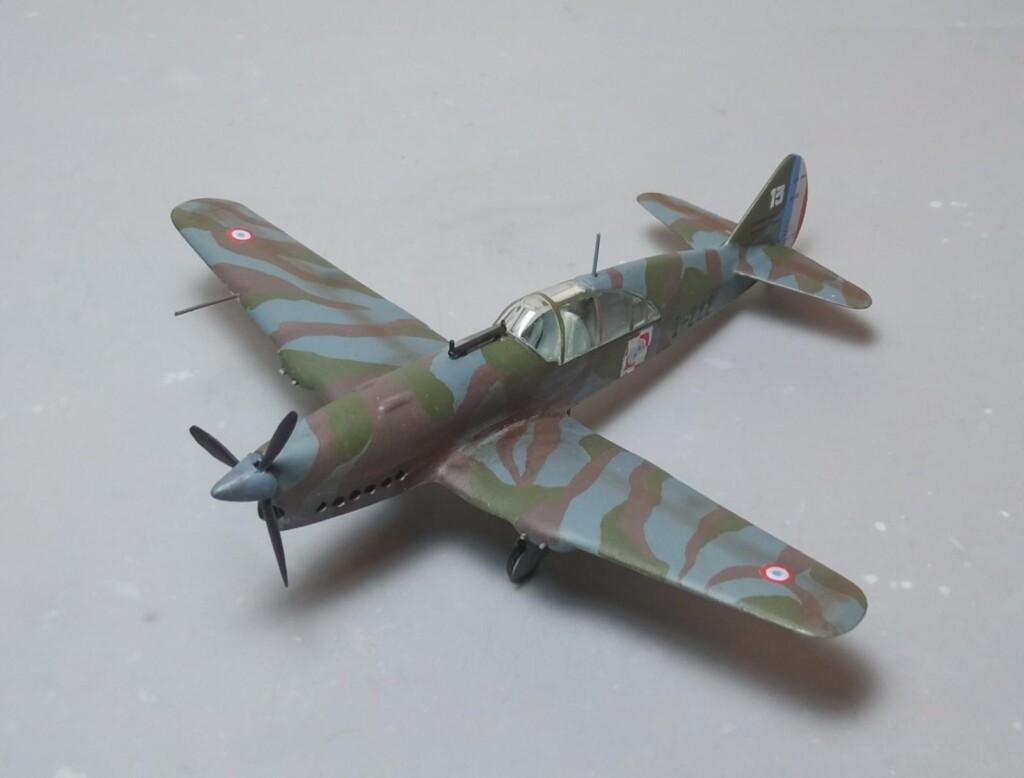
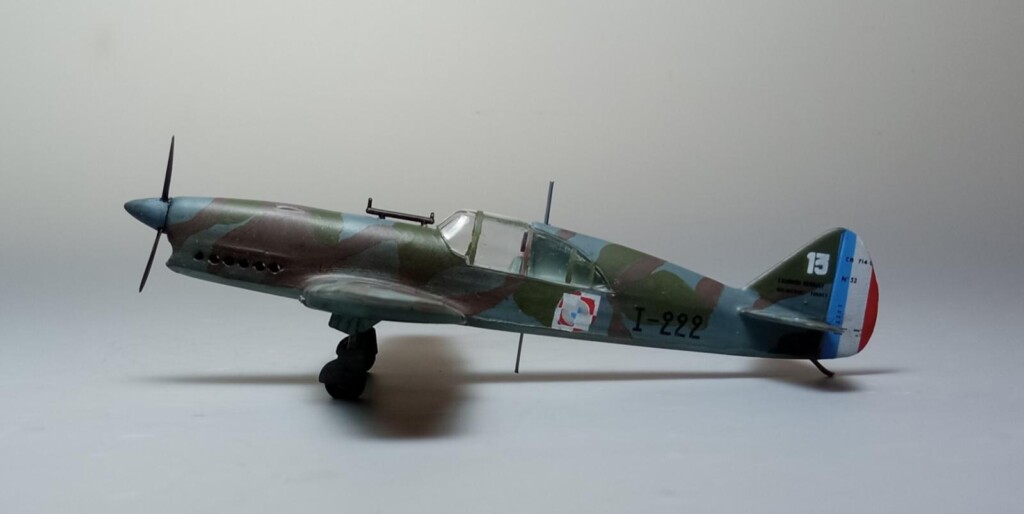
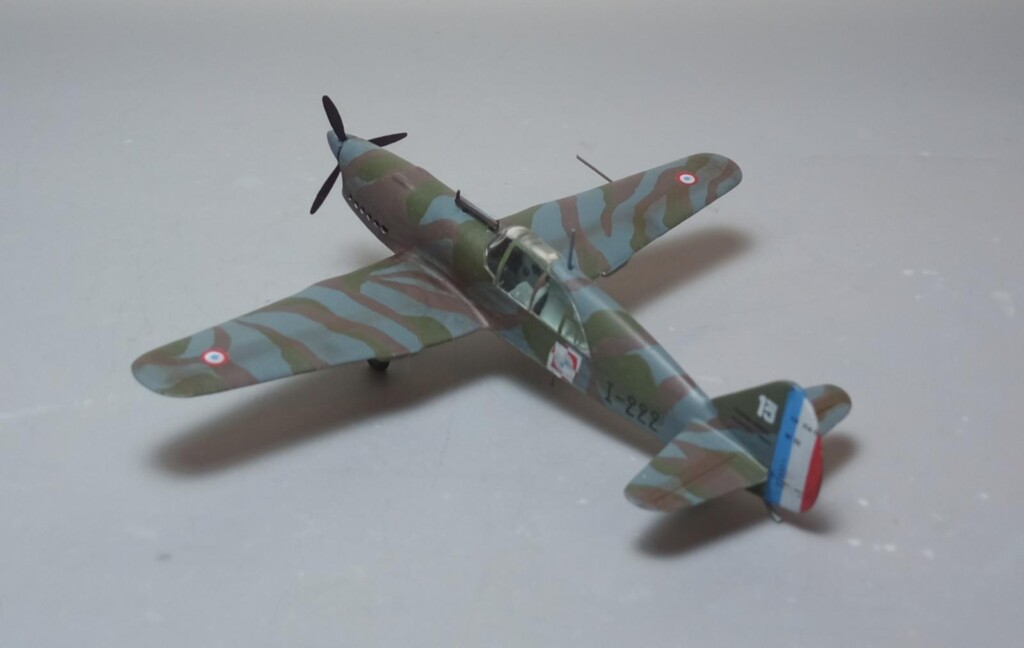

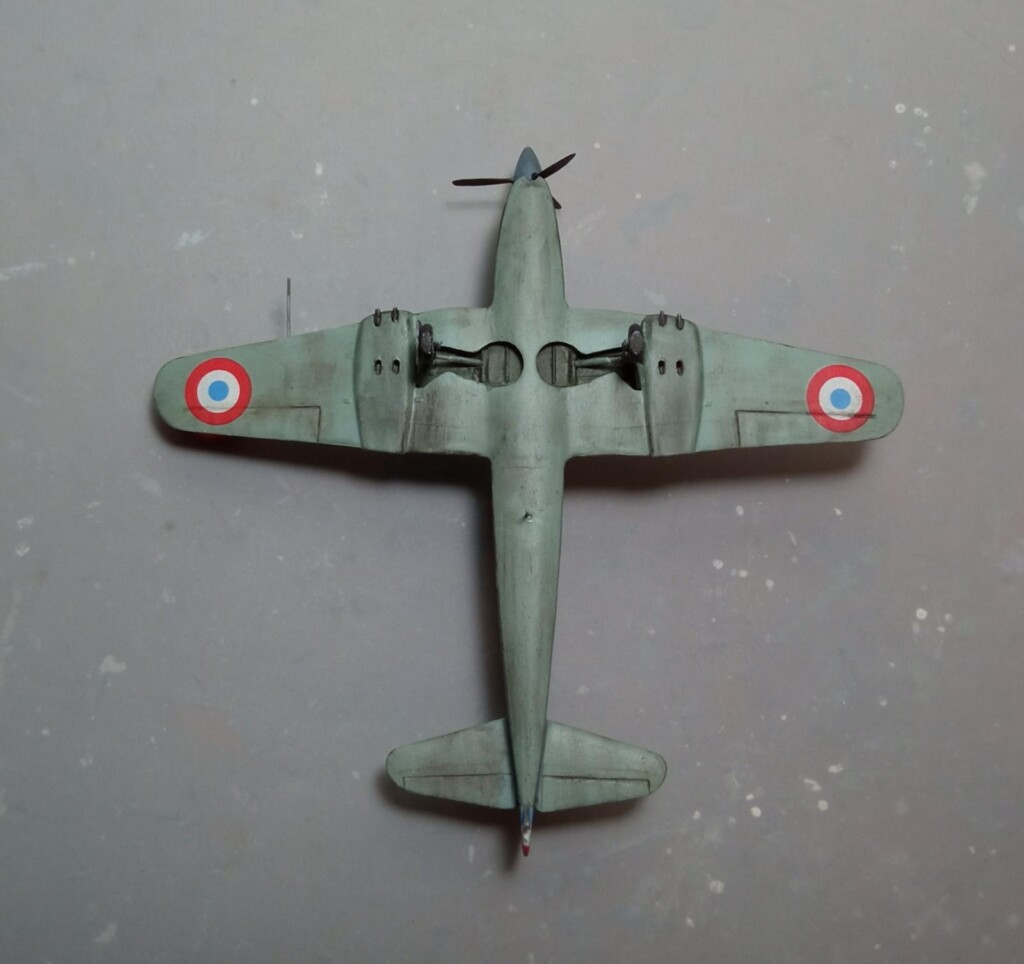
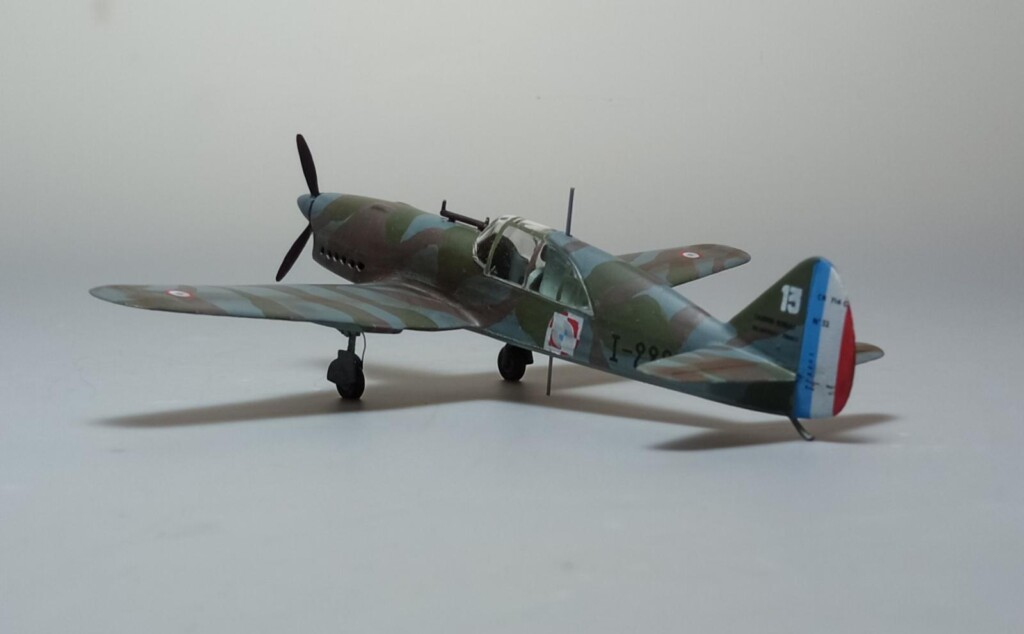
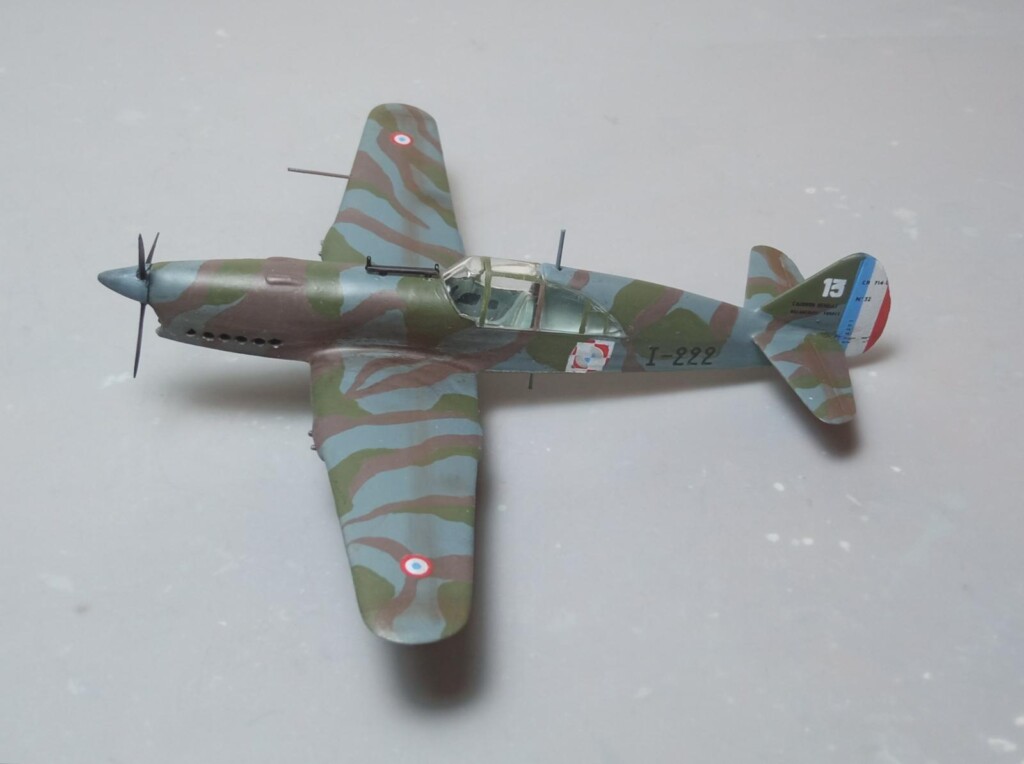

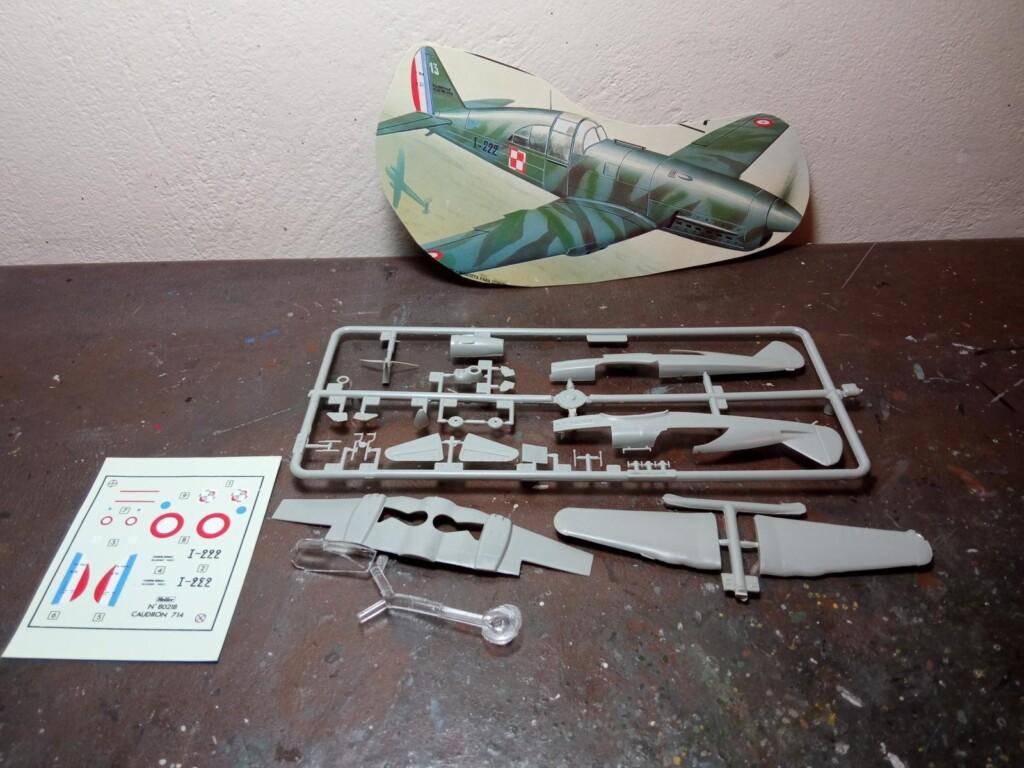
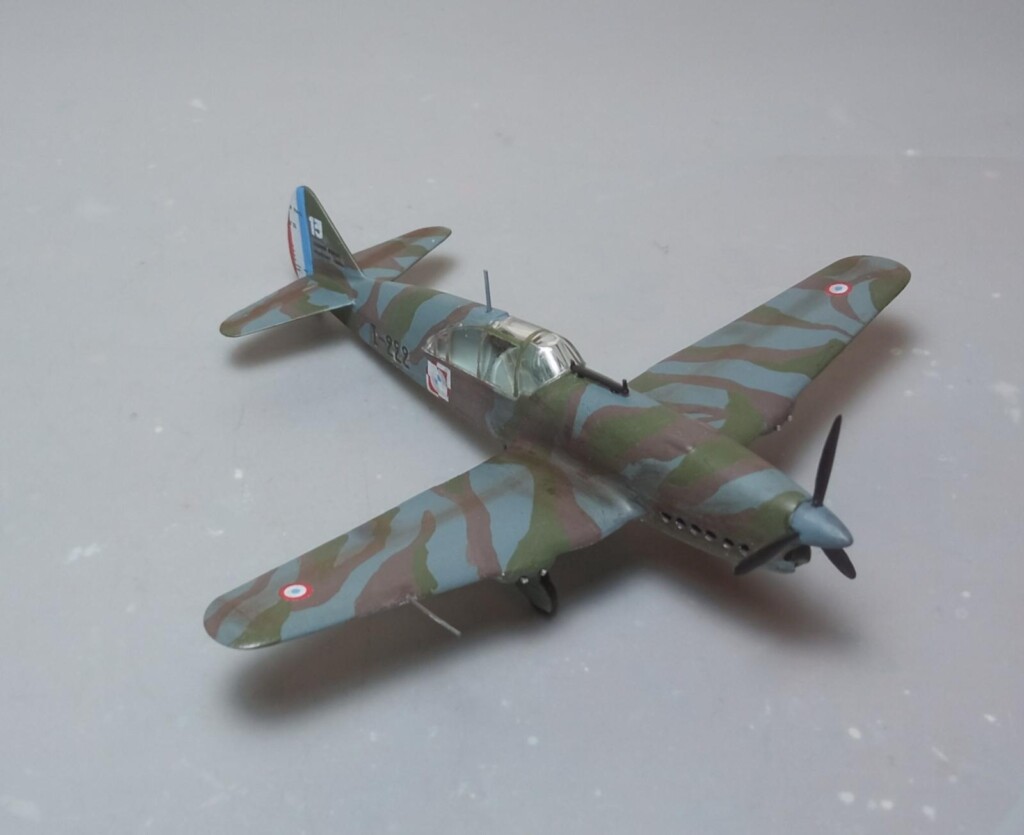
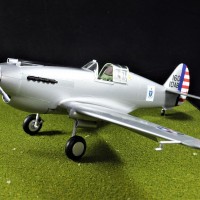


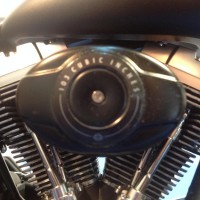
The Caudron came out perfectly, Spiros @fiveten
This tri-color camouflage is not often seen in this layout, it looks amazing.
Your supporting article describes the history of this aircraft nicely.
Good to hear that your model arrived safely at your friends house, he must be really happy to have it on his shelf.
Lots of compliments on this not so easy Heller kit, I do know you love these challenges.
Thanks my friend @johnb! Indeed, there is something magic in these old Heller kits!
Well done. Spiros!
Thanks my friend @gwskat!
An interesting aircraft Spiros, looks great!
Thanks my friend @roofrat!
Very interesting, Spiros, I’m so happy that it arrived safely with your friend.
Thanks my friend @chinesegeorge!
Very unique subject and uncommon model. interesting history . Nice job. Spiros @fiveten !
Thanks my friend @ssgt!
Glad to see you finish this one, Spiros! I like that plane and that old kit.
Thanks my friend @j-healy!
I just read audiobook about polish pilots in France. Caudron was disaster as fighter plane. Great job with this old kit. I build it in when I was in elementary school thirty years ago. Of course no so good as Your build. Good job!
Thanks so much, my friend @lis! The brave Polish pilots operated this plane at 110% of its performance!
You did a very good job with this old piece of plastic and the camouflage scheme is great.
You should make a picture of the Caudron together with a Bf-109 model in the same scale to show how tiny this fighter was!
Thanks my friend @pjotri69!
Will do a comparison pic.
Great build Spiros, such an elegant looking aircraft 😊
Thanks my friend @thom!
I built this same model without knowing the history of the diminutive fighter - thanks for filling that in! A nice little addition to your collection and well-done!
Thanks my friend @gkittinger!
A really interesting scheme on an unusual subject. Great scale, too!
Thanks my friend @embersonfedders!
Nice job on that old kit, Spiros. I like the paint and the article you presented.
Thanks my friend @chasbunch!
Nice model of a quite obscure aircraft.
Thanks my friend @dbdlee!
Very nice Spiros! Thanks for the history, you have made a spiffy looking build. Yes this is definitely an old Heller kit but still captures the looks of the real aircraft nicely. The paint job looks great!
Thank you so much, my friend @v1pro!
Spiros Pendedekas (@fiveten)
I'm sorry I missed this one altogether. It's been a month since I have been on Imodeler due to illness. You always impress me with your quality AND quantity. Please tell your family that we said hello. QC1 and QC2 are keeping you on track. Well done my friend.
I'll definitely click on the "like" button.
Take care my dear friend.
Thank you so much, my dear friend @lgardner! Hope you fully recover. Greetings from all of us!